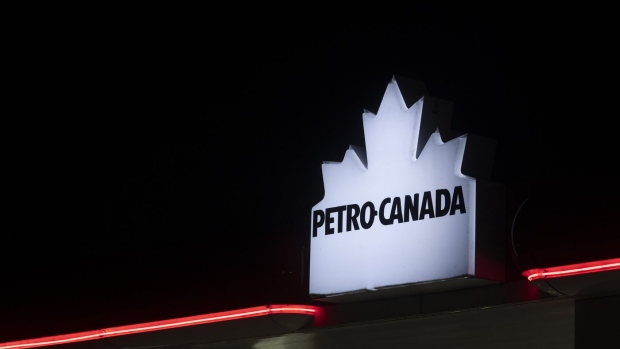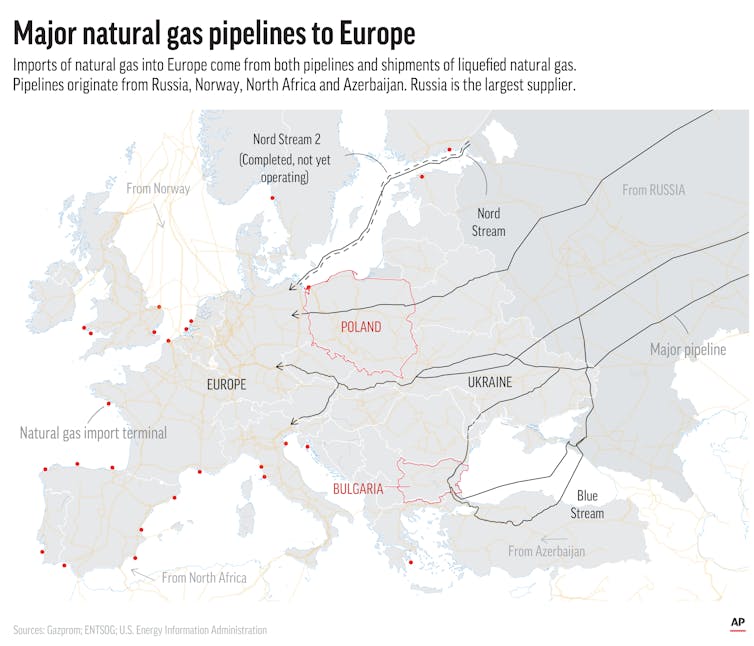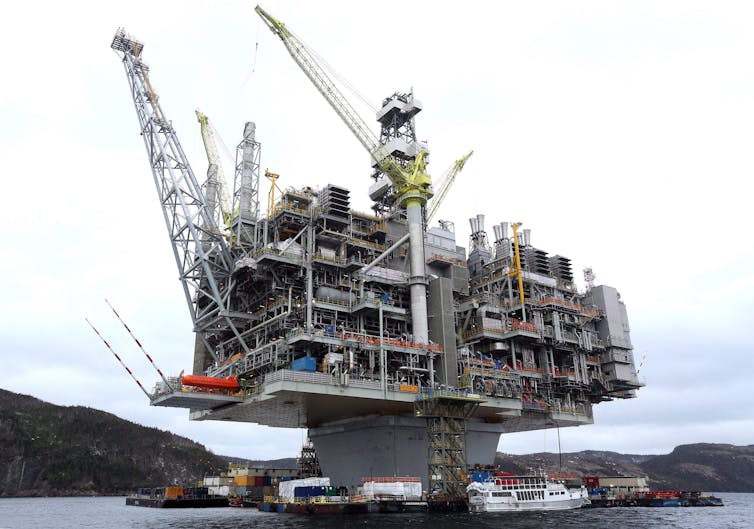Since Petrocan, Shell and Imperial Oil are the area's main refiners losing Petrocan put pressure on their retail outlets. Of course this should have been predicated. Add to that the shut down of East Coast gasoline due to Ike and you have the perfect storm.
As for the solution it is as clear as the nose on Uncle Ed's face, we need more refinery capacity in Alberta and Canada. Of course given the anti regulatory anti-public ownership attitude of Big Oil and its government in Alberta that ain't gonna happen any time soon.In March, a shut down at Imperial's 187,000-barrel-a-day Strathcona refinery near Edmonton caused gasoline shortages at Esso stations throughout Alberta, Saskatchewan, B.C. and Manitoba.
Around the same time, Shell Canada Ltd. said its Scotford refinery and upgrader near Fort Saskatchewan, Alta., were operating at reduced rates because of unplanned maintenance.
Last year, Ontarians experienced gasoline shortages for several weeks after a fire at Imperial's Nanticoke refinery.
Canada's refining infrastructure is aging, but companies are not keen on investing in new facilities, said Roger McKnight, an energy analyst with Oshawa, Ont.-based consulting firm En-Pro.
Not only would it would take up to 10 years and billions of dollars to build a new refinery, but they would tilt the market against the companies' favour.
"Their refining margins would drop because of excess supply. So there's no incentive at all for them to do that," McKnight said.
Another factor discouraging the industry from spending money on new refineries is uncertainty about government regulations.
"If I was an oil company, I would like to know in 10 years, when I'm going to have this refinery built, what the eventual specs are going to be and what the emission standards are going to be," McKnight said.
And so we have gasoline shortages on refinery row.
Back in August, it was Petro-Canada. Now, it’s Shell that has run out of gasoline at some of its Alberta stations.
In Medicine Hat, the Shell stations on Dunmore Road and Eighth St. NW have been out of gas since Friday, while the Shell on South Railway had gas as of Monday but wasn’t sure how long its supplies would last. Shell stations on Redcliff Drive SW and Trans-Canada Way were reporting they still have gas.
Jana Masters, spokesperson for Shell Canada, said there are also a couple of stations in Calgary and Edmonton that are running on empty.
“But these are very small numbers compared to our total operations across the province,” she said.
While the Petro-Canada gas shortage in August had to do with a problem at that company’s refinery, Masters said that is not the case at Shell.
“It’s just a temporary challenge keeping up to customer demand,” Masters said.
It is the lack of tertiary refining that causes gasoline shortages in Canada and subsequently price increases. And wqe won't get more refineries built until there is a national initiative to make it so including a Green Plan.
Call it a Green National Energy Program. If you want to end price gouging lets have a made in Canada Energy Plan that includes increased bitumin processing and tertiary refining capacity.
Of course others have solutions too, like importing more dirty gas from the U.S. but that is all refined in Hurricane Alley, and we know what that means. 13 cent price increases in one day.
Of course the solution is not unrestricted trade with the U.S. for dirty gas, rather the solution was in hand until the Liberals under Paul Martin sold off the last of Canadians taxpayers shareholdings in Petrocan.There is a solution to price gouging, that is worker and community control of the refineries.Petro-Canada said it’s pulling out all the stops to make sure supplies of gasoline keep flowing.
Company officials said on Petro-Canada’s website that it was able to use trucks to ship approximately 200,000 litres of gasoline per day from its Vancouver storage facility last week, but that volume has now more than quadrupled.
That’s been partially accomplished by hiring truckers from Ontario to move more product, Stevens said.
The company is also trying to find rail cars that could be pressed into service to deliver gasoline to destinations in B.C. and Alberta.
The company also is trying to boost its gasoline supplies by looking to its other Canadian refineries and to the United States and overseas, Stevens said.
An industry group that represents independent gasoline retailers is calling for a harmonization of gasoline standards between Canada and the U.S., which would allow for more importation of American products during shortages.
Canadian gasoline has hard caps on sulphur and benzene levels in gasoline, which prevents the importation of the product from the U.S. to ease any shortages, said Dave Collins, a director with the Canadian Independent Petroleum Marketers Association.
"It’s great if you’re a refinery because it blocks competition and helps you keep our prices up," he said in an interview from Halifax.
"But it’s not good for consumers and, at times like this, it’s not good for our operations either because we can’t get any gas," he said.
The federal government’s failure to ease importation restrictions means such shortages will likely happen again, Collins said.
SEE:
It's Time to Take Back Our Oil and Gas
NDP And Workers Control
Nationalize the Oil Industry
The Myth of the NEP
Aren't you sorry you sold your shares
Find blog posts, photos, events and more off-site about:royalties, oil, profits,
Bill Hunter, Alberta Royalty Review,
Alberta Cabinet, CAPP, Ed Stelmach,
Big Oil,oil royalties, PC, Calgary, Party of Calgary, politics, NEP, Conservatives, Fort McMurray, One Party State,
Parkland Insititute, Encana, Nationalize, Nationalization, Workers Control, public ownership, Petro Canada, Anarchism, NEP, Self-Management







